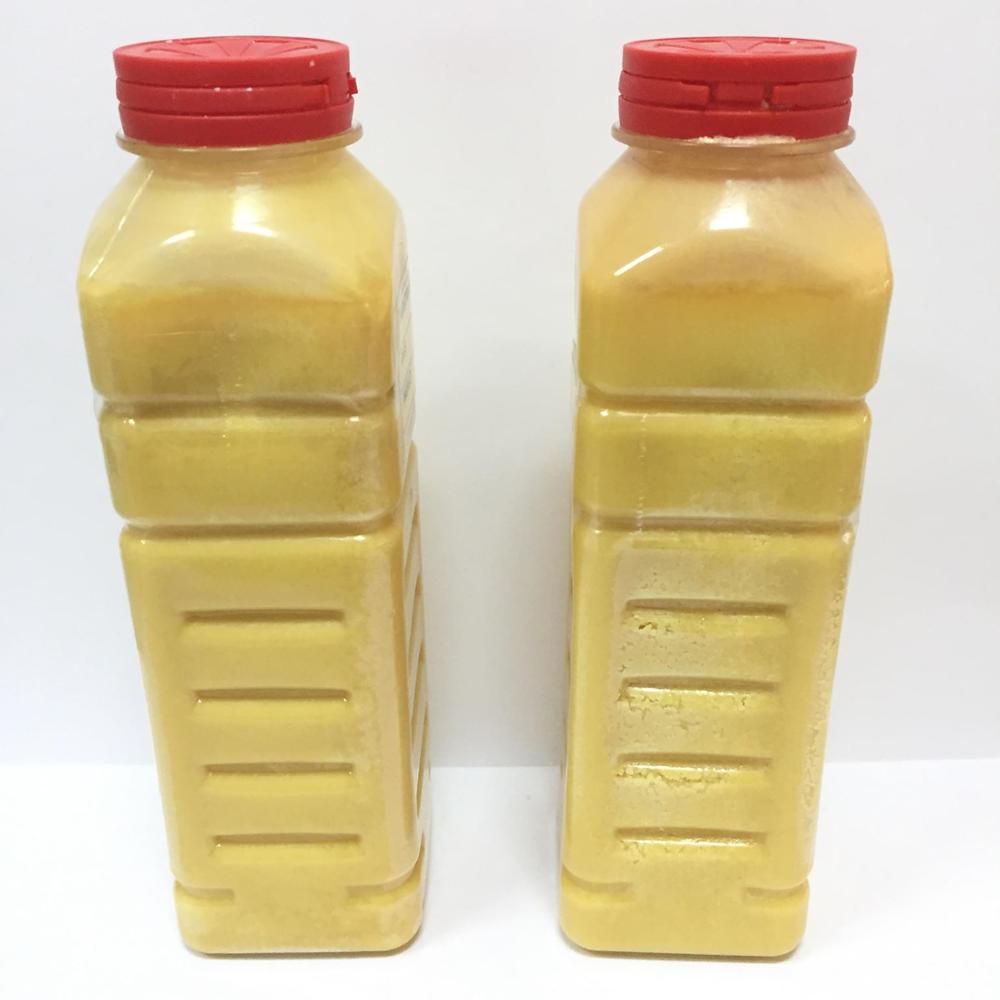
Professional beach bum@samdave69
Sep 23, 2022
34 tweets
I spent 15 years in the edible oil industry and find KEBS suspension quite absurd.
Since we all know politics in Kenya is always at play, I can pass your time with a #thread on what I learnt from my time working with palm oil.
The major raw material form palm based cooking fats and oils in Kenya is Crude Palm Oil. This is the pulp from the fruit of the oil palm tree and has a bright orange-red colour owing to the high quantity of beta-carotene it contains.
Palm Oil in its crude form is a common cooking ingredient in West, East and Central Africa. This is because the oil is not only cheap and widely available, but can be used repeatedly before denaturing - thus making it extremely cost efficient.
Crude Palm Oil, while seen as a healthy alternative to processed cooking oils, contains many acids and glycerols that need to be partially or wholly removed to be fit for human consumption.
In Kenya, most CPO comes from Indonesia and Malaysia in large supertankers much like fuel oil, albeit smaller. Palm Oil can currently be received at Mbaraki and Shimanzi terminals in Mombasa for onward transport by road and rail to manufacturers in Kenya (and Uganda).
The refining capacities in Kenya range from 20-30MT a day to some manufacturers refining over 1,000MT of palm oil per day. That is a whole lot of cooking one would assume - however, palm oil is also a raw material for bar soaps and glycerine.
While palm oil can be refined chemically or physically, the latter remains the most cost-efficient and widely used method, around the world and in Kenya.
The first stage of manufacturing a cooking fat or cooking oil from palm oil is a 3-step process known as Refining, Bleaching and Deodorising palm oil.
Extraction of acids, moisture, gums and other impurities occurs in the first step known as refining. The resultant gunk that resembles slimy ice cream is known as palm fatty acid distillate (PFAD). PFAD is a common raw material for the manufacture of beauty and laundry bar soaps.
In the bleaching stage activated bleaching earths such as bentonite clay (yes, that one) are mixed into the oil and pushed through extremely fine sieve-like extractors removing all the orange-red pigment present in the oil.
The resulting oil has a neutral beige-yellow appearance.
In the final step, deodorisation, the strong nutty scent of palm is extracted so that the oil does not impart any flavour to food during the cooking process.
Having being refined, bleached and deodorised, the palm oil is referred to as RBDPO.
RBDPO has a yellowish hue and largely remains in liquid state at temperatures above 24°C. At temperatures below that, it takes on a granular semi-solid structure - a lot like clarified butter.
In Kenya, the importation of RBDPO is taxed heavily in order to protect local manufacturers since RBDPO can either be used directly as a cooking oil, processed further into various types of cooking oils and fats, or as a raw material in the production of bar soap.
Manufacturers in Kenya process the RBDPO to make cooking oils and fats in various ways. Cooking fats are solid at temperatures moderately higher than room temperature making them easy to transport and store.
Palm based cooking fats also have a longer shelf life than animal fats such as butter and cold-pressed oils such as olive, sunflower or corn.
In some cases the shelf life of cooking fats can be twice as much as its parent RBDPO depending on what further preservatives were added.
In Kenya, cooking fats have a myriad of uses. Most 'chicken & chips' joints use solid cooking fat for frying as the fat is stable and can be reused many times before losing its useful properties.
Not only are cooking fats also used by commercial bread manufacturers for the fat content of their recipes, but also as a creaming ingredient in lieu of butter to make frosting by cake bakers.
Cooking fats are layered between kneaded flour to give chapatis and many baked goods their flaky structure that crumbles in your mouth. Cooking fats are thus also a raw material for the process of making margarine - a butter substitute.
You would be surprised to know that some cottage soap-industries in Kenya also use cooking fats in the their processes (in case you slept in chemistry class, fat + alkali = soap + glycerine).
Cooking fats have a ton of other used from chocolate manufacturing to making coffee creamers, from bulking cereals to protein bars, and I will end that point here for brevity.
A common way of making cooking fat from RBDPO is called hydrogenation. This is achieved by 'injecting' hydrogen to bond with the fatty acids present in RBDPO, changing it's chemical structure and rendering it solid.
Since hydrogenated palm oil is solid at room temperature and white in appearance, different food colours and flavours are added to suit brand and market preferences.
Another way of making cooking fat from RBDPO is called shortening. Compared to hydrogenation, this is a healthier method as it relies on the rapid cooling of the RBDPO without harmful change to the carbon structure.
Food colours, flavours and preservatives are added to shortened palm oil depending on brand and/or manufacturer.
To make cooking oil, RBDPO undergoes a process known as fractionation where the triglycerides are removed from the palm oil. Manufacturers aim for different extraction figures with many aiming for around 50%
This means when the RBDO is fractionated 50% of the output is a liquid oil (industrially referred to as olein) and the other 50% is a sem-solid, granular palm fat known as stearin.
Palm Olein can remain liquid at temperatures as low as 6C and have a shelf life of almost 2 years. Palm olein is a popular frying oil as well as bulking agent in blended oils.
Palm stearin can be added back to RBDPO in varying quantities prior to hydrogenation or shortening to make even more economical cooking fat than that made with 100% RBDPO.
Palm stearin can also be used in the manufacture of luxury soap, laundry bars, liquid soap and shampoos.
These processes and technology does not vary greatly between Kenyan manufacturers and KEBS needs to do better in explaining what they find non-compliant in the cooking fats and oils they have suspended.
For the large scale manufacturers, quality testing is usually done at many stages of this processes including prior to packaging and randomly after packing. Some companies even carry out random testing from the market just to ensure that all products meet KEBS standards.
Many of the large scale manufacturers export their palm products, supply international fast -food chains (with way more stringent requirements than KEBS) as well as to NGOs and food aid agencies.
For this reason, many of these large Kenyan manufacturers produce palm oil that exceeds KEBS standards. Therefore, even their most economical brand will have quality standards over and above those set by KEBS.
It sounds whimsical that only certain brands from large scale manufacturers would meet KEBS standards & others not - considering that all the palm oil & fats from the same company would derive the same results - irrespective of their branding - when tested against KEBS standards.
END.

Professional beach bum
@samdave69
World traveler
Whisky drinker
Sunset chaser
Sunrise appreciator
Visual storyteller
Inappropriate joke teller
Serial swearer
Instagram: @samdave69
Missing some tweets in this thread? Or failed to load images or videos? You can try to .




